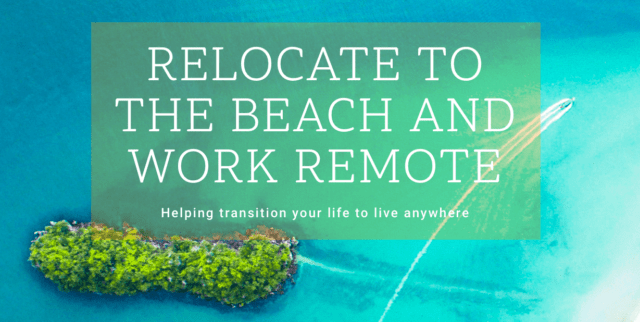From TCRN, we had an exclusive conversation with Ifigenia Quintanilla, Archaeologist at the Museum of Costa Rica, who for several years has been in charge of investigating everything related to the Spheres of Costa Rica, sculptures that today are a world heritage site thanks to UNESCO.
At present, several people have been interested in knowing everything about these cultural objects that have a past that does not lose validity, due to who their creators were and how they were made.

Now, Ifigenia told us, that a specific project with field work on the spheres has kept her working, which is true, that is why she is writing a book on the subject, updating a previous text that she published, in addition, to the conferences in the context of scientific dissemination and publicizing this important heritage of humanity.
Impact on Costa Rican society
The investigations that have been done in the last 30 years and the fact that there were 4 archaeological sites with spheres that were included as part of the UNESCO World Heritage Sites, has been important because in Costa Rica, as in all America there are great prejudices, and racism, with a denial of the indigenous contribution to our culture.
And it is that the indigenous people have been the artists that created the spheres
The fact that they are valued as universal elements, a product of indigenous human creation, has been fundamental to gradually reducing derogatory valuations, in addition to reducing subjective criteria with a strong racist and colonial content, then, the stone spheres have allowed to revalue indigenous peoples and all their contribution, not only to the heritage of Costa Rica but to the heritage of the whole world.
As I mentioned earlier, the pre-Columbian spheres from the South Pacific of Costa Rica are stone sculptures made by indigenous peoples who lived in that region about 1,500 years ago, from 600 AD, until the arrival of the Spanish. Another key element is that unlike other spherical rocks in the world that are of natural origin, these are sculptures made by people, where there were no hard metals, there was gold or copper, but they were not for working with stone.

“We have shown that the spheres were made using the technology of stone against stone, chisels, pointers, masses, abrasive rocks, with that the indigenous people made the types of sculptures, just as in the American continent,” said Quintanilla.
The fact that there are spheres of around 1 ton of weight, speaks of an organized work, a great collective effort, a process of innovation creativity to technically solve not only the presence of the stone blocks to carve them, but later when they were ready and had to be transported to the locations where they were to be erected.
An important fact
The stone spheres are associated with places where people live, squares and open fields.
Places where the spheres are found
There is a group of 4 archaeological sites with stone spheres that were chosen from more than 60 sites defined as world heritage sites, having the spheres as an element of universal value, due to the technical, social and political characteristics in which they are located. they made.
Some archaeological sites in the south of the country are: El Silencio, Finca 6, Grijalba and Batambal.
Costa Rica with its beautiful biodiversity, wonderful people has a rich history, which does not lose its essence as the years go by, thanks to Ifigenia, as an Archaeologist, who provided us with much of the information.

